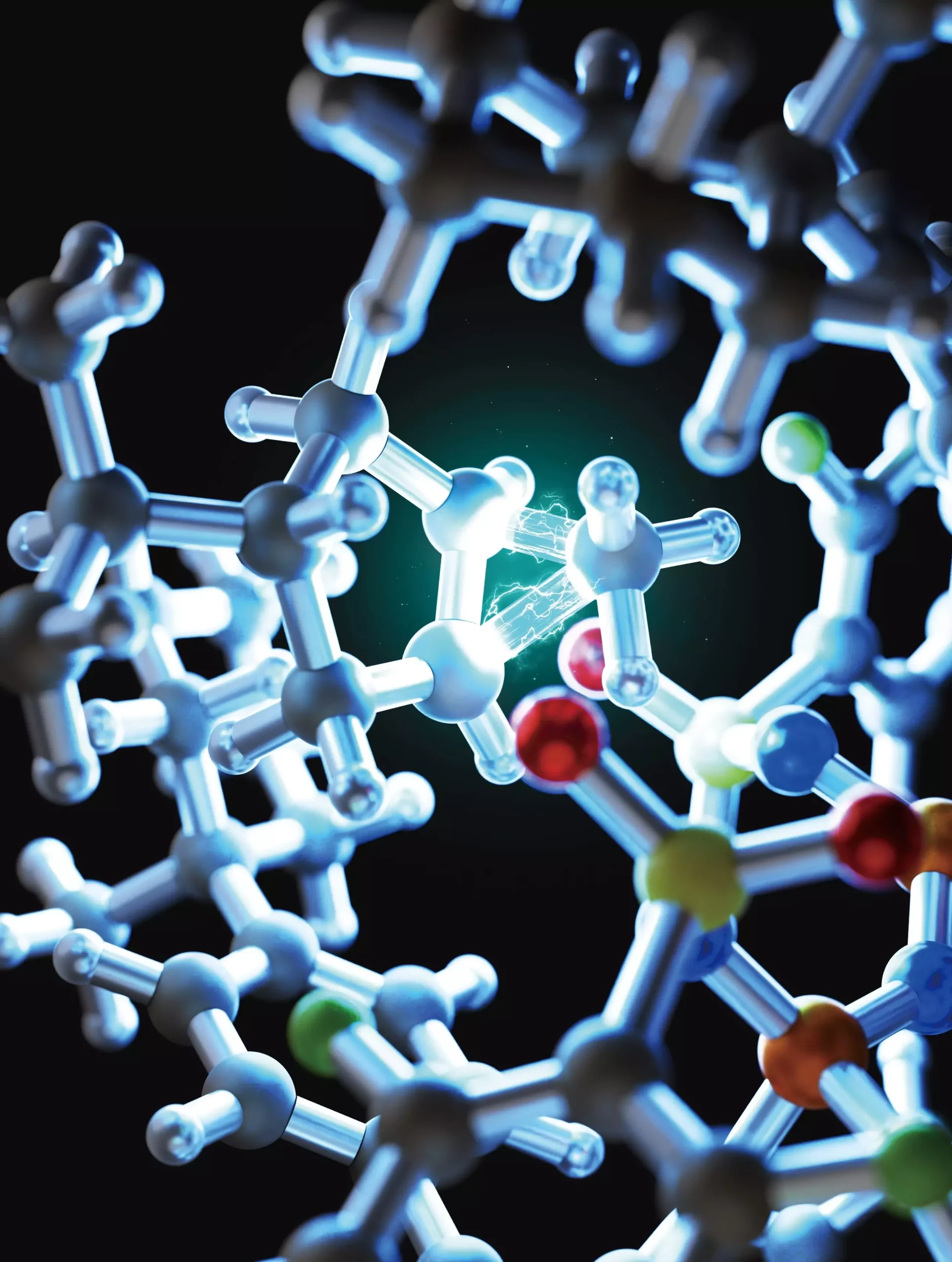The field of organic chemistry has long grappled with the challenge of transforming alkanes—ubiquitous yet notoriously inert compounds—into more reactive and useful derivatives. A recent study conducted by researchers at Hokkaido University aims to address this very issue, offering a novel method that promises to reshape the landscape of alkane chemistry significantly. With implications for various industries, particularly pharmaceuticals and materials science, the discovery presents a refined approach to unlocking the potential of these valuable building blocks.
The Intricacies of Alkane Chemistry
Alkanes are hydrocarbons characterized by their stable carbon-carbon bonds, which are the result of saturated structures. This inherent stability often renders them inert, making chemical transformations a daunting task for synthetic chemists. Traditionally, techniques such as cracking have relied on high energy methods to break these bonds, often yielding a chaotic array of products that complicate product isolation and refinement. The challenge primarily lies in managing the reactivity of intermediates formed during these processes, often leading to inconsistent yields and unwanted byproducts.
In their groundbreaking research, the Hokkaido University team shifted their focus toward cyclopropanes—three-membered ring alkanes that exhibit enhanced reactivity compared to their linear counterparts. By harnessing the unique properties of cyclopropanes, the researchers aimed to exploit their potential as intermediates in reactions, thereby increasing the efficiency and specificity of alkane conversion into more valuable chemical forms.
At the heart of this breakthrough is the utilization of a specialized class of confined chiral Brønsted acids known as imidodiphosphorimidate (IDPi). The innovative approach capitalizes on the IDPi’s capacity to stabilize transitional states in chemical reactions, thus guiding the fragmentation of cyclopropanes into alkenes. This controlled environment is instrumental in facilitating a more orderly breakdown of the alkane, ensuring the atoms are arranged accurately in the resultant molecules.
In an insightful interview, Professor Benjamin List, who spearheaded the study alongside Associate Professor Nobuya Tsuji, highlighted the importance of this precision. “The selective arrangement of atoms is paramount in drug design,” he remarked. “Even slight alterations can profoundly affect a compound’s efficacy. Thus, achieving stereoselectivity through our method can catalyze advancements in therapeutic formulations.”
The success of the method can be attributed not only to the IDPi’s unique properties but also to the systematic refinement of the catalyst’s structure. This methodological approach allowed the researchers to improve the reaction outcomes significantly, generating higher yields of desired products. Tsuji notes the critical role of advanced computational simulations during this optimization process, stating, “These simulations illuminated the interactions between cyclopropane and the acid, enabling us to tailor the catalyst’s features efficiently.”
The versatility of this method was further underscored through tests on various organic compounds, highlighting its applicability beyond cyclopropanes to more complex molecules. The implications of such versatility extend into multiple sectors, paving the way for creating tailored chemicals from readily available hydrocarbons, thereby enhancing sustainability and resource efficiency in chemical manufacturing.
The implications of this revolutionary technique are profound and multifaceted. By enhancing the ability to convert alkanes into their derivatives with enhanced control and selectivity, researchers and industrial chemists alike stand to gain immensely. The future could see a substantial leap forward in pharmaceutical development, where finely tuned molecular arrangements translate into more effective drugs. Additionally, the advanced materials sector may benefit from creating specialized materials that meet the ever-evolving technological demands.
The work conducted by the team at Hokkaido University is not just a testament to the ingenuity of its researchers, but also a hopeful glimpse into the future of organic chemistry. The innovative activation method for alkanes signifies a critical step toward demystifying and manipulating these fundamental building blocks, ensuring that chemists can transform their outcomes with unprecedented precision. As further research unfolds, the chemical landscape is bound to witness a renaissance, propelled by these new methodologies.


Leave a Reply